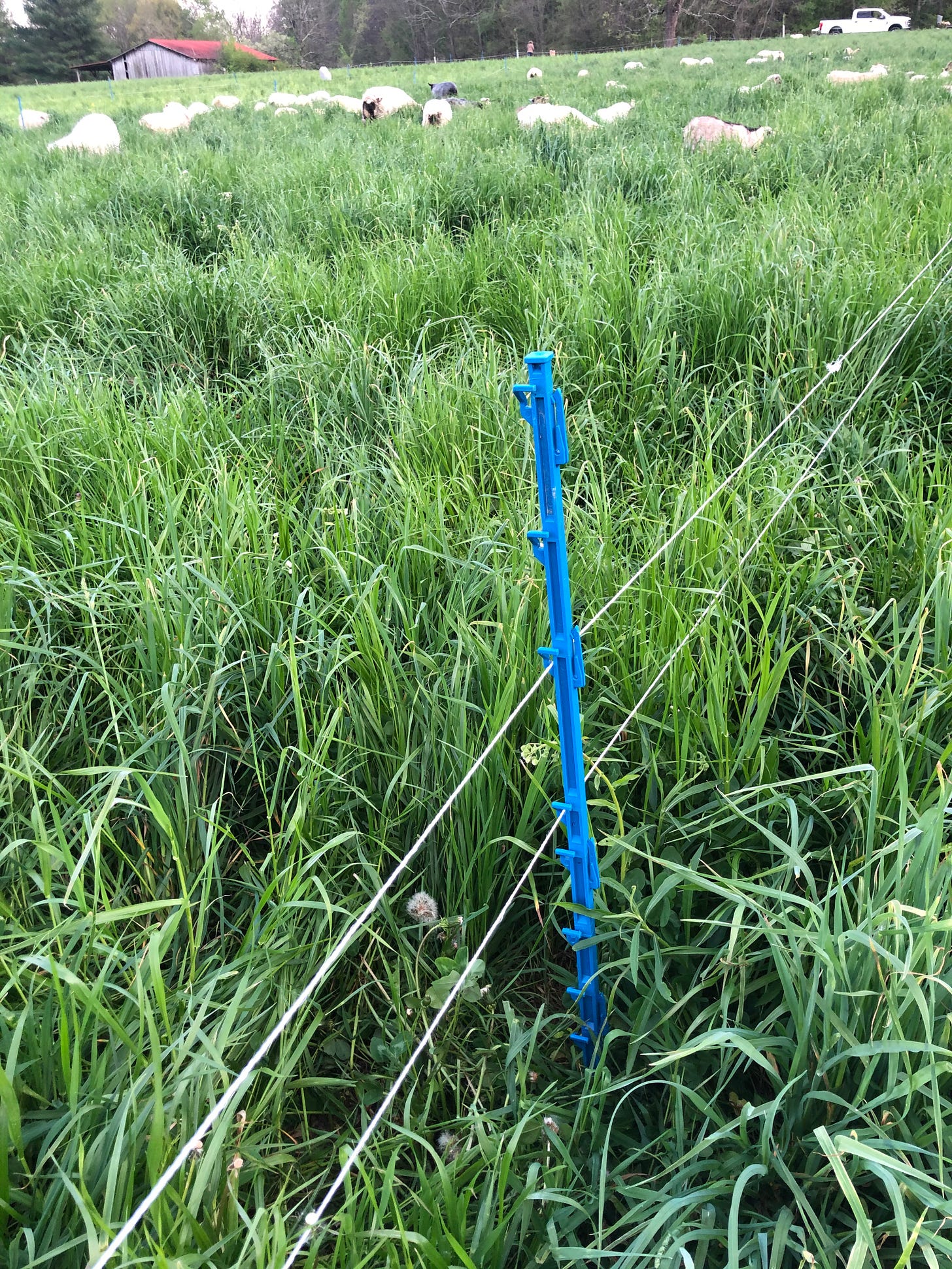
As a consultant, I am often asked, “Do I need to reseed.” Many times, the pasture is fine; they just need to manage what they have. My recommendation is always to evaluate your management before you reseed. Consider whether your nutrients are balanced, have you managed your minimum grazing heights, and do you have good ground cover present.
Fall Seeding
As the price of seed continues to increase, it’s important to your bottom line to first determine your objective for seeding. Do you need more forage, is weed suppression needed, is soil health diminishing?
Forage production and weed suppression
If you have areas with over 50% undesirable plants, now’s the time to seed. Annual ryegrass is excellent for competing and smothering undesirable vegetation, but hairy vetch, Austrian winter peas, barley, triticale, rape, and cereal rye also work well for weed suppression.
Soil health
I like planting different species in rotation or as a mix. Plant both grasses and legumes, but first, evaluate your mix by determining whether the soil lacks carbon (ground cover). Legumes typically should make up 30 to 50% of the biomass. Grasses add carbon to the soil, and legumes contribute nitrogen.

Fall Hay Feeding

Hay feeding in the fall is counter-intuitive to most farmers, but the benefits can be very rewarding. Fall growth can reduce cattle cost the most since total hay feeding is reduced. Feeding hay when moisture is available, and temperatures are 60 to 75 degrees F will promote the most growth. While feeding hay, don’t graze over 20% of the total pasture acreage. This allows stockpiling fall growth on the remaining 80% of your pastures. This time of year, pastures grow 20-40 pounds per acre per day, so we can grow up to twice as much as we feed during this same period.
In January, we can’t grow grass, so fall hay feeding extends the growing season, and less hay is fed when we can’t grow grass. Feed the hay on lower fertility pastures or weedy fields.

MANAGE LIGHT TO DESIRABLE PLANTS
Currently, warm season grasses and weeds are still growing, but we are on the cusp of transitioning into the cool season growth period. Cool season growth is ideal between 60 and 75 degrees F. The saying is “rotate fast when growth is fast and slow when growth is slow.” Growth in my area is fast right now, so rotate fast to control warm season growth and expose cool season forages to light. To keep light to your desirable forages, if you cannot graze, you may need to mow. We need to grow grass now to carry us through fall and winter. Cool season growth will slow or stop in early December. So ideally, at that point, we will have 120 days of grazing stockpiled for winter.
CALCULATING THE SIZE OF PADDOCK NEEDED
An acre inch of good grass weighs about 300 pounds. Twenty head of 1,000-pound cows will eat 26 pounds of forage per day (20 x 26 = 520 pounds of forage per day with 50% utilization), so you need 1040 pounds of forage presented to the cattle. 1040 pounds of grass needed, divided by 300 pounds per acre inch = 3.5” per acre. So, if the grass is 8” tall, paddock off half acre allotments for the 20 cows. That’s an animal density of 40,000 pounds per acre, a good stock density for excellent pasture management.
An open discussion about symptoms and root causes

My annual pasture walk is Thursday, October 20, from 10 am ct till about 3 pm. This year, I’m finishing cattle, sheep, and hogs. I’ve seeded winter annuals in several fields for forage production and weed control and overseeded some orchard grass fields with tall fescue. Fields were grazed first and then seeded.
I’ve made cross-fencing across steep drainage ways much more manageable by installing what I call “master links.” We’ll evaluate fields deciding what went right and what went wrong. Fall hay feeding will be discussed to help make sense of all the figures, and we’ll examine the cost-effectiveness of best management practices.
In summary, grow grass when you can grow grass. Stockpile grass for drought and winter. Ration grass to conserve your stockpile and extend the grazing season. Come join the conversation on October 20. Bring your questions and unidentified plants, and we’ll talk soil, plant, and animal management. We’ll have a hardy lunch from the farm, cooked up by Brayden Apple with River Cottage Farm.
